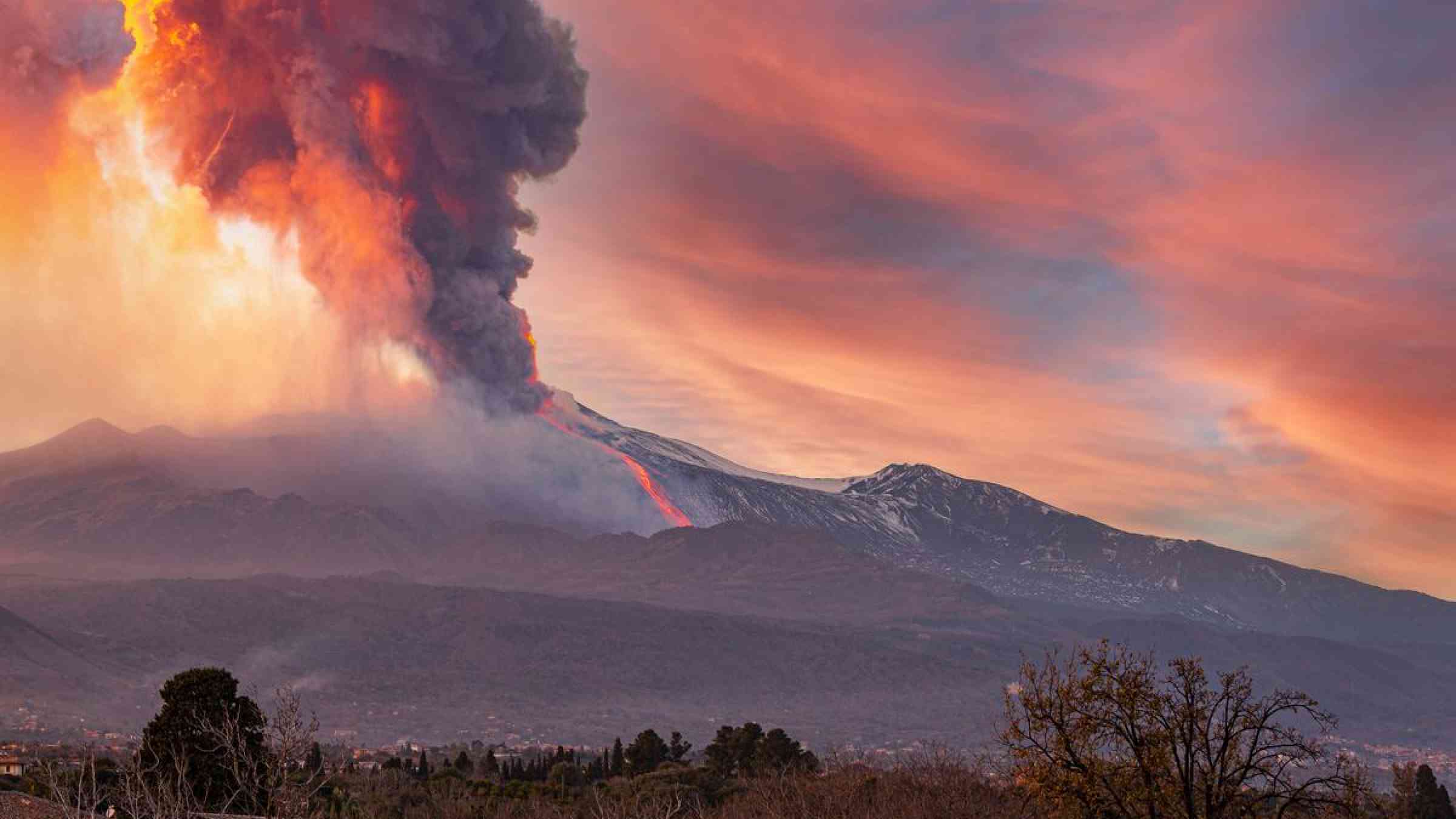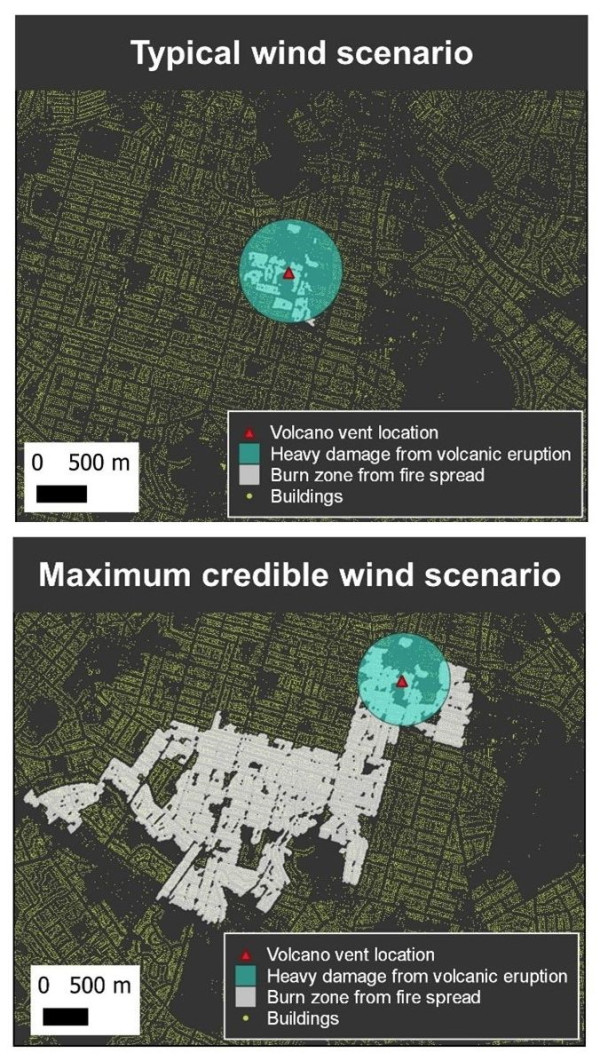Fire from volcanic activity could greatly increase area affected by eruption

An international research team, including researchers from GNS Science, has released a study into the potential threat of fires caused by volcanic eruptions.
The study investigated how far fires ignited by hot rock projectiles from a volcanic eruption could spread under certain wind conditions.
The study used the Auckland volcanic field as a case study to demonstrate the expanse of damage that could be sustained under a range of wind speeds. The study concluded that under extreme wind conditions the spread of fire could increase the affected Auckland area to six times greater than from the volcanic eruption itself.
GNS Natural Hazard and Risk Scientist and co-author, Dr Josh Hayes, said the study provides a first step towards integrating the threat from fires into volcanic risk assessment.
“We know from history that volcanic eruptions can ignite fires. In this study we wanted to explore whether this is something we should pay more attention to,” Dr Hayes said.
We found that while fires are likely from eruptions in the Auckland volcanic field, our model suggests that it would take relatively rare strong winds before substantial fire would spread to areas that the volcano would not have already affected anyway. Dr Josh Hayes Natural Hazard and Risk Scientist GNS Science
Nanyang Technological University professor and co-author, Prof. Susanna Jenkins, said that while the research provided the first steps to investigate fires ignited by volcanic activity, it is essential to note its preliminary nature.
“This study, focusing on a high-impact scenario, serves as an important foundation for future work,” Prof. Jenkins said.
“Our next steps include broadening our assessment to various volcanic hazards, exploring fire suppression strategies, and delving deeper into the interplay between volcanic hazards and material ignition.”
The study, led by Jia Yong Quah from Nanyang Technological University (Singapore) and in collaboration with GNS Science and the University of Canterbury, has been published in the Fire Safety Journal(external link).
The Auckland volcanic field is monitored 24/7 by GNS Science through GeoNet. The volcano monitoring team gauge the present state of our active volcanoes and communicate this through the NZ Volcanic Alert Level system and through direct communication with stakeholders, responding agencies, infrastructure providers and the public.